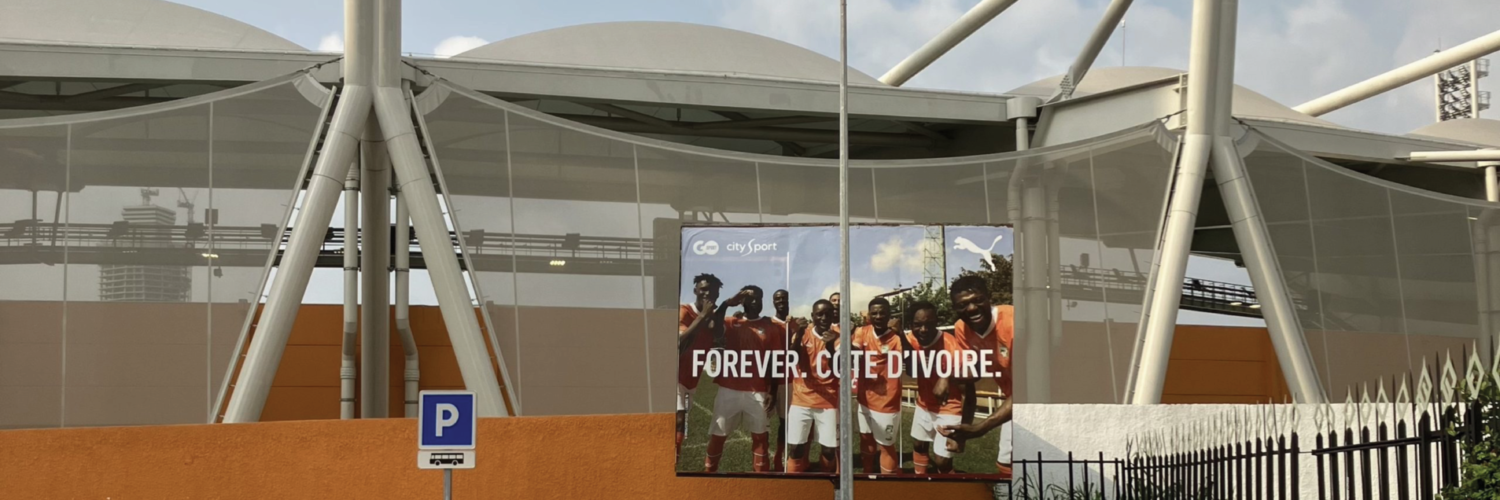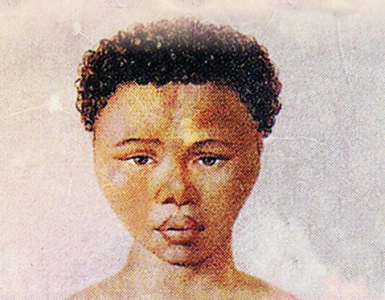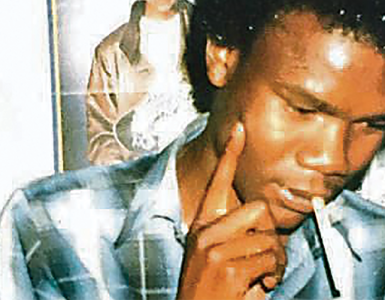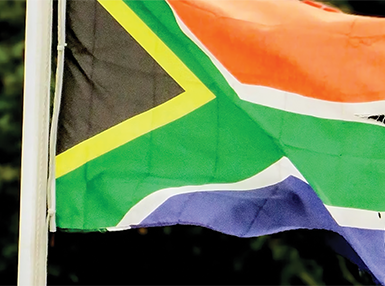SPILLS: So far, the group stages have delivered a host of surprises at this edition of the Africa Cup of Nations. But, fans of the tournament have long come to expect the unexpected.
By Maher Mezahi
Félix Houphouët-Boigny Stadium, Abidjan. Image credit Boima Tucker CC BY 4.0 Deed.
During the first week of this year’s edition of the Africa Cup of Nations, several of the traditional heavyweights have stumbled in matches they were favored to win. Nigeria were held by Equatorial Guinea in the first match day of Group A play, as were Egypt by Mozambique. The mighty Ghanaian Black Stars fell to Cape Verde in what’s been dubbed the biggest shock at the tournament so far. Angola tripped Algeria up in 1-1 draw and Namibia managed to notch their very first win at an Africa Cup of Nations against Tunisia. Immediately, talk between pundits and supporters began to revolve around the unusually high number of upsets in the group stages and the search for answers kicked off.
In order to begin to understand why we are getting such results, we have to firstly acknowledge that football is asymmetrical. One of the tried and tested axioms of the Africa Cup of Nations is that, “The Africa Cup of Nations has its own logic.”
Take the case of the 2017 edition in Gabon, where no less than seven Cameroonian players—including key leaders in the squad such as Eric-Maxim Choupo-Moting, Andre Onana, Andre-Frank Zambo-Anguissa and Joel Matip—refused call-ups in the weeks leading up to the tournament. Because of these absences, the vast majority of pundits and supporters wrote the Indomitable Lions off. But against all odds, they would go on to capture their country’s fifth title. In a world where often the odds are set by Europe, it is in Africa where a different set of variables can alter the way the dice land.
For instance, players that have signed for huge European clubs or played a multitude of marquee players such as Pierre-Emerick Aubameyang, Cedric Bakambu, Jordan Ayew, do not always manage to carry their excellent club form into this particular tournament. Inversely, Aristide Bancé, Sessi D’Almeida and Emilio Nsue are all examples of players with absolutely mediocre club careers, but who performed at a high level at several Africa Cup of Nations.
What can explain such a phenomenon?
In an interview I conducted about a month ago with Ivorian footballing legend Didier Drogba, he explained that, “The Africa Cup of Nations is a tournament where you need men. Pitches are imperfect, the weather is tough, and accommodation could leave a lot to be desired. Adaptability and an ability to overcome is key.”
Drogba was explaining how the conditions can act as equalizing factors. For example in Cote d’Ivoire this year, most matches have been played at temperatures that hover around 32 or 33 degrees celsius [89 to 91 fahrenheit]. The stifling humidity in cities like Abidjan or San Pedro can easily reach 70 percent. The increased humidity adds pauses to the match cooling breaks, which can interrupt the rhythm of an attacking side, but it also leads to less distance covered on the pitch, which makes it more difficult to displace a low bloc in defense.
Although in this year’s edition only the State d’Ébimpe seems to be cutting up, in previous Afcons pitches have also been an issue, such as at the Japoma Stadium in Douala in 2021, in Oyem and Port-Gentil in Gabon 2017 and Mongomo in 2015.
It is factors such as these, that have caused some of the biggest players produced by the continent to struggle, whereas lesser known players with a greater ability to adapt can shine. For example, a player like AS Roma and Algeria midfielder, Houssem Aouar, who was born and raised and France and came through the Olympique Lyonnais academy, has yet to play more than a handful of matches on the continent and cannot be expected to make palpable contributions for his side this year. While Blati Touré, who “only” plays his club football in Egypt, and has never played in a top European league, is registering appearances in his fourth Africa Cup of Nations. He will absolutely be a player that is expected to contribute.
The final stand out point, and perhaps most significant, for why teams with big players seem to struggle, is the noticeable lack of midfield talent. It might be time to sound the alarm of the lack of ball-progressing, creative and technical midfielders that are being produced on the continent. For some countries, like Senegal, Guinea, Morocco and Algeria that isn’t a major problem. For a team like Cameroon or Ghana (when Kudus isn’t fit), however, it absolutely is. Here’s a list of midfielders that have been called up for Cameroon over the last four Africa Cup of Nations: Sebastian Siani, Arnaud Djoum, Georges Mandjeck, Pierre Kunde, Martin Hongla, Samuel Oum Gouet, Olivier Ntcham, Yvan Neyou, Andre-Frank Zambo-Anguissa and Olivier Kemen. Of the 10, only Zambo-Anguissa could be considered a midfielder with the requisite amount of technical ability, yet even he isn’t a ball progressor. As a result, when a team like Cameroon comes up against a supposedly inferior opponent, they either have to rely on their superior attacking players to create a goal themselves, or they cross the ball into the box incessantly until they make contact and manufacture an attempt on target. In this tournament, the Indomitable Lions are the side that have crossed the ball the most and both of their goals have come from set-pieces or crosses.
So long as countries fail to produce more technical midfielders, they will continue to struggle against defensive teams in low blocs and, therefore, we will continue to see sides like Cameroon or Ghana (without Kudus) be tripped up by inferior opponents.

































